Home>Gardening & Outdoor>Landscaping Ideas>When To Apply Grub Control For Lawns
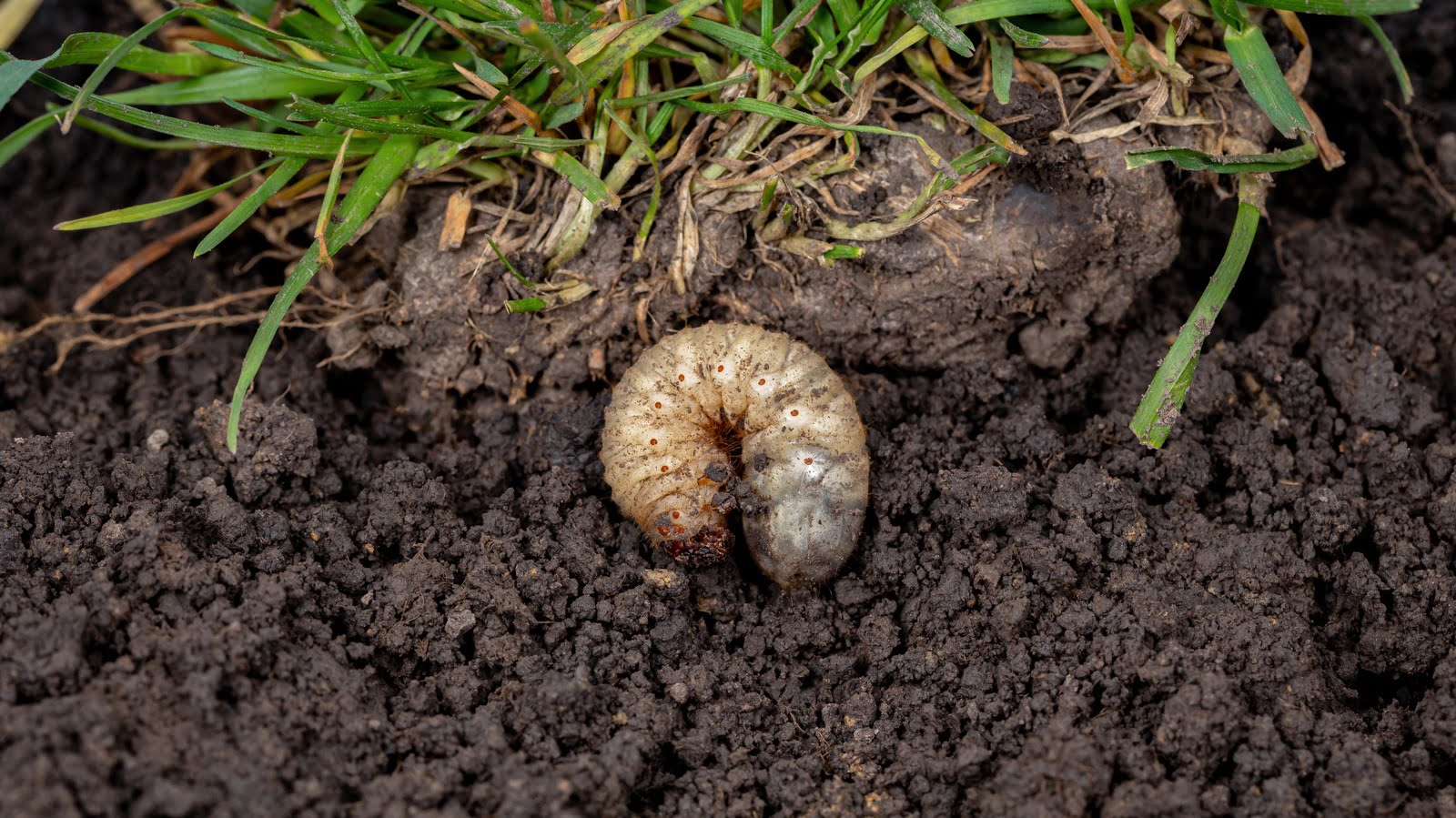

Landscaping Ideas
When To Apply Grub Control For Lawns
Modified: January 2, 2024
Learn when to apply grub control for lawns to maintain a healthy and vibrant landscape. Discover effective landscaping ideas for preventing and treating grub infestations.
(Many of the links in this article redirect to a specific reviewed product. Your purchase of these products through affiliate links helps to generate commission for Storables.com, at no extra cost. Learn more)
Introduction
Welcome to the world of landscaping, where lush green lawns are a source of pride and joy for homeowners. However, maintaining a healthy lawn requires more than just regular mowing and watering. One common threat that can wreak havoc on lawns is the presence of grubs.
In this comprehensive guide, we will delve into the world of grubs and explore the best practices for controlling their population to ensure the vibrancy and health of your lawn. Understanding the lifecycle of grubs, identifying the signs of their presence, and knowing the optimal time for applying grub control are essential aspects of lawn care that every homeowner should be familiar with.
By the end of this article, you will have a deeper understanding of grubs and the necessary steps to protect your lawn from their destructive tendencies. So, let’s embark on this enlightening journey into the realm of grub control for lawns.
Key Takeaways:
- Timing is crucial for grub control. Apply treatments in late spring or early summer when grubs are near the surface, reducing damage to your lawn.
- Look for signs of grub damage like wilting grass and spongy turf. Act early to protect your lawn and choose the right control method for effective management.
Read more: When To Grub Control For Lawns
Understanding Grubs
Grubs are the larvae of various beetles, including Japanese beetles, June bugs, and European chafers. These C-shaped, cream-colored creatures reside beneath the soil, where they feed on grassroots, causing significant damage to lawns. Their presence can turn a once-thriving lawn into a patchy, brown eyesore.
Grubs undergo several stages of development, starting as eggs laid in the soil by adult beetles. Once hatched, the young grubs begin feeding on grassroots, and as they grow, their appetite for plant roots intensifies. This feeding behavior is what makes them such a formidable threat to the health of lawns.
Understanding the lifecycle of grubs is crucial for effective control. Typically, grubs are most active during the spring and fall, as they prepare for the pupal stage. During this time, they are closer to the soil’s surface, making them more susceptible to control measures.
By familiarizing yourself with the behavior and lifecycle of grubs, you can take proactive steps to protect your lawn from their destructive impact. In the next section, we will explore how to identify the telltale signs of grub damage, allowing you to take timely action to safeguard your lawn’s health.
Identifying Grub Damage
Recognizing the signs of grub damage is essential for early intervention and effective control. When grubs feed on grassroots, the affected areas of the lawn may exhibit specific indicators of their presence. These signs include:
- Wilting and Browning Grass: Areas of the lawn may begin to wilt and turn brown, indicating a lack of moisture due to damaged roots.
- Loose or Spongy Turf: As grubs consume grassroots, the turf may feel loose or spongy underfoot, signaling the underlying damage.
- Increased Presence of Birds and Wildlife: Animals such as birds, raccoons, and skunks are attracted to lawns infested with grubs, as the larvae serve as a readily available food source. Their heightened activity on the lawn can be a visible sign of grub infestation.
- Patchy or Irregularly Shaped Dead Spots: Grub feeding can result in irregularly shaped dead patches in the lawn, indicating localized damage to the grassroots.
By closely monitoring your lawn for these telltale signs, you can promptly address any potential grub infestations before they cause extensive harm. Early detection is key to minimizing the impact of grubs and preserving the health and aesthetics of your lawn.
Now that you are equipped with the knowledge to identify grub damage, let’s explore the optimal timing for applying grub control measures to effectively manage and mitigate their presence in your lawn.
Apply grub control for lawns in late spring or early summer, when the grubs are small and most susceptible to treatment. This is typically around May or June, depending on your location.
Best Time to Apply Grub Control
Timing is crucial when it comes to applying grub control measures for optimal effectiveness. The best time to administer grub control on your lawn largely depends on the lifecycle stage of the grubs and their susceptibility to treatment. Understanding the seasonal patterns of grub activity is essential for strategic intervention.
For most regions, the ideal time to apply grub control is during the late spring or early summer, typically between May and June. During this period, the young grubs are actively feeding near the soil’s surface, making them more susceptible to control measures. By targeting them at this stage, you can effectively reduce their population and prevent extensive damage to your lawn.
It’s important to note that applying grub control too early or too late in the season may diminish its efficacy. Early spring applications may not effectively target the young, actively feeding grubs, while late summer or fall treatments may miss the optimal window for control, as the grubs burrow deeper into the soil to overwinter.
Additionally, understanding the lifecycle of the specific beetle species in your region can further inform the timing of grub control applications. Different beetle species have varying egg-laying and grub development timelines, influencing the most effective timing for treatment.
By aligning your grub control efforts with the peak feeding activity of the grubs, you can maximize the impact of the treatment and safeguard the health and vitality of your lawn. In the next section, we will delve into the practical aspects of applying grub control measures to ensure comprehensive and effective management of grub populations.
Applying Grub Control
When it comes to applying grub control measures, several options are available to effectively manage and mitigate grub populations in your lawn. From natural remedies to chemical treatments, choosing the right approach depends on various factors, including the severity of the infestation, environmental considerations, and personal preferences.
Natural Remedies: For those seeking environmentally friendly options, natural remedies can be effective in controlling grubs. Beneficial nematodes, microscopic organisms that target grubs, can be applied to the lawn to combat the larvae without harming beneficial insects or plants. These nematodes seek out grubs in the soil and release bacteria to eliminate them, providing a natural and targeted solution to grub infestations.
Chemical Treatments: In cases of severe grub infestations, chemical treatments may be necessary to effectively manage the population. Various insecticides formulated specifically for grub control can be applied to the lawn according to the manufacturer’s instructions. It’s essential to follow all safety guidelines and consider potential impacts on non-target organisms and the surrounding environment when using chemical treatments.
Preventative Measures: In addition to reactive control measures, incorporating preventative strategies can help minimize the risk of future grub infestations. Maintaining proper lawn care practices, such as regular watering, adequate fertilization, and proper mowing techniques, can promote a healthy lawn with robust grassroots that are more resilient to grub damage.
When applying grub control measures, it’s crucial to assess the extent of the infestation and choose the most suitable approach based on your lawn’s specific needs. Additionally, consulting with a professional landscaper or pest control expert can provide valuable insights and recommendations for effective grub management tailored to your lawn’s unique characteristics.
By implementing a well-informed and proactive approach to grub control, you can preserve the health and beauty of your lawn while mitigating the potential damage caused by these voracious larvae. In the concluding section, we will summarize the key insights and emphasize the importance of ongoing vigilance in maintaining a grub-free lawn.
Read more: When To Apply Fungus Control For Lawns
Conclusion
As we conclude our exploration of grub control for lawns, it’s evident that understanding the behavior and lifecycle of grubs is essential for effective management and preservation of a healthy lawn. By recognizing the signs of grub damage and applying control measures at the optimal time, homeowners can mitigate the impact of these destructive larvae and maintain the vibrancy of their lawns.
Early detection of grub infestations through vigilant monitoring of the lawn’s condition is a proactive step that can significantly reduce the extent of damage caused by grubs. Whether it’s identifying wilting and browning grass, spongy turf, or unusual wildlife activity, staying attuned to these indicators is key to timely intervention.
Choosing the right time to apply grub control is equally critical, as targeting the grubs during their peak feeding activity maximizes the effectiveness of control measures. Late spring and early summer are typically the optimal periods for administering grub control, aligning with the young grubs’ susceptibility to treatment near the soil’s surface.
When it comes to applying grub control, homeowners have a range of options, from natural remedies such as beneficial nematodes to chemical treatments designed specifically for grub control. Selecting the most suitable approach based on the severity of the infestation and environmental considerations is paramount in effectively managing and mitigating grub populations.
Furthermore, integrating preventative measures into regular lawn care practices can bolster the lawn’s resilience against future grub infestations, promoting long-term health and vitality. By maintaining proper watering, fertilization, and mowing techniques, homeowners can create an environment that is less hospitable to grubs, reducing the likelihood of extensive damage.
In essence, a well-informed and proactive approach to grub control is essential for safeguarding the beauty and health of your lawn. Whether through early detection, strategic timing of control measures, or the implementation of preventative strategies, homeowners can effectively manage and minimize the impact of grubs on their lawns.
By staying informed, remaining vigilant, and leveraging the appropriate control measures, homeowners can enjoy a lush, resilient lawn that is free from the destructive influence of grubs, fostering a landscape that is both visually appealing and sustainable for years to come.
Frequently Asked Questions about When To Apply Grub Control For Lawns
Was this page helpful?
At Storables.com, we guarantee accurate and reliable information. Our content, validated by Expert Board Contributors, is crafted following stringent Editorial Policies. We're committed to providing you with well-researched, expert-backed insights for all your informational needs.

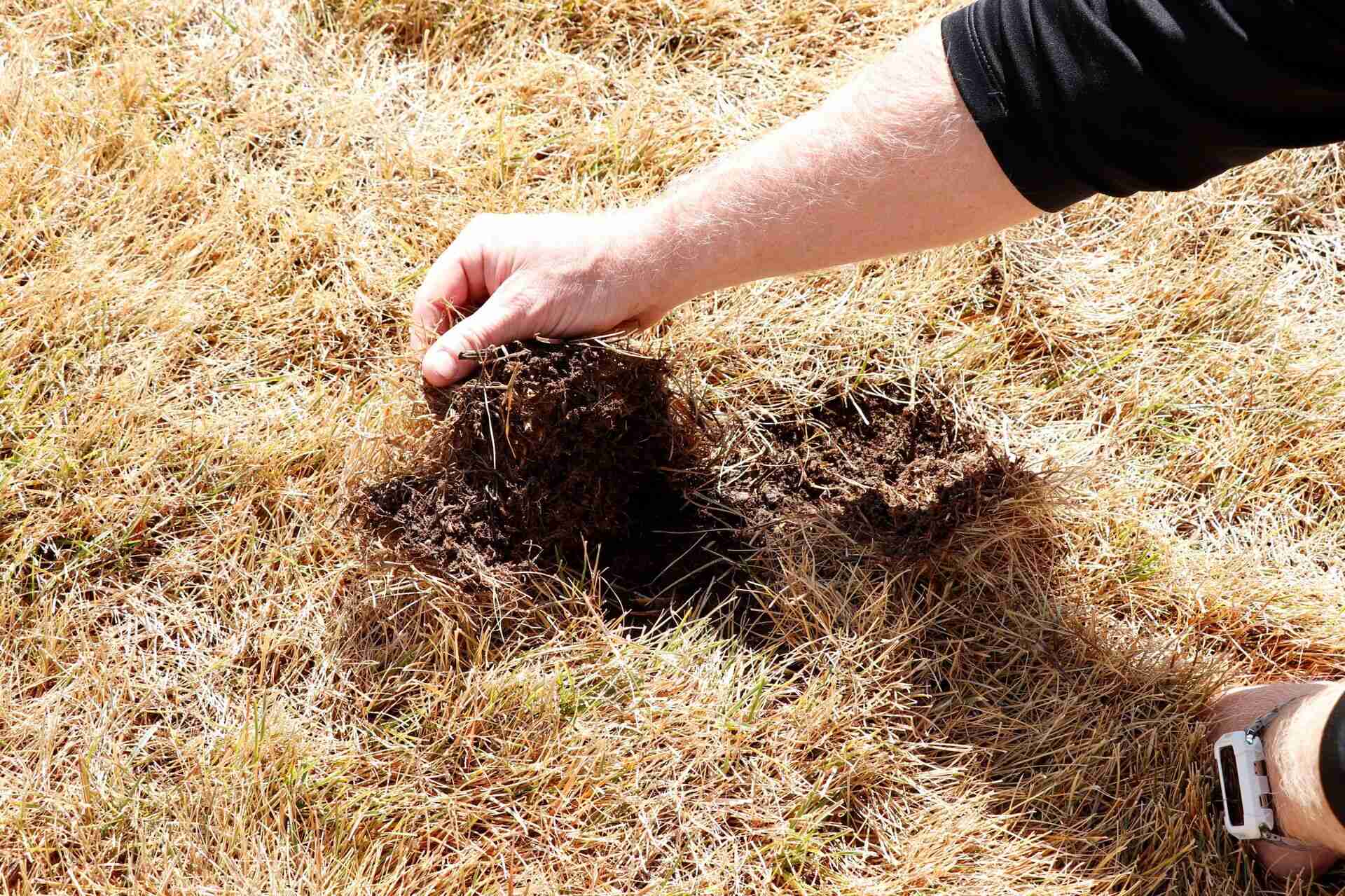
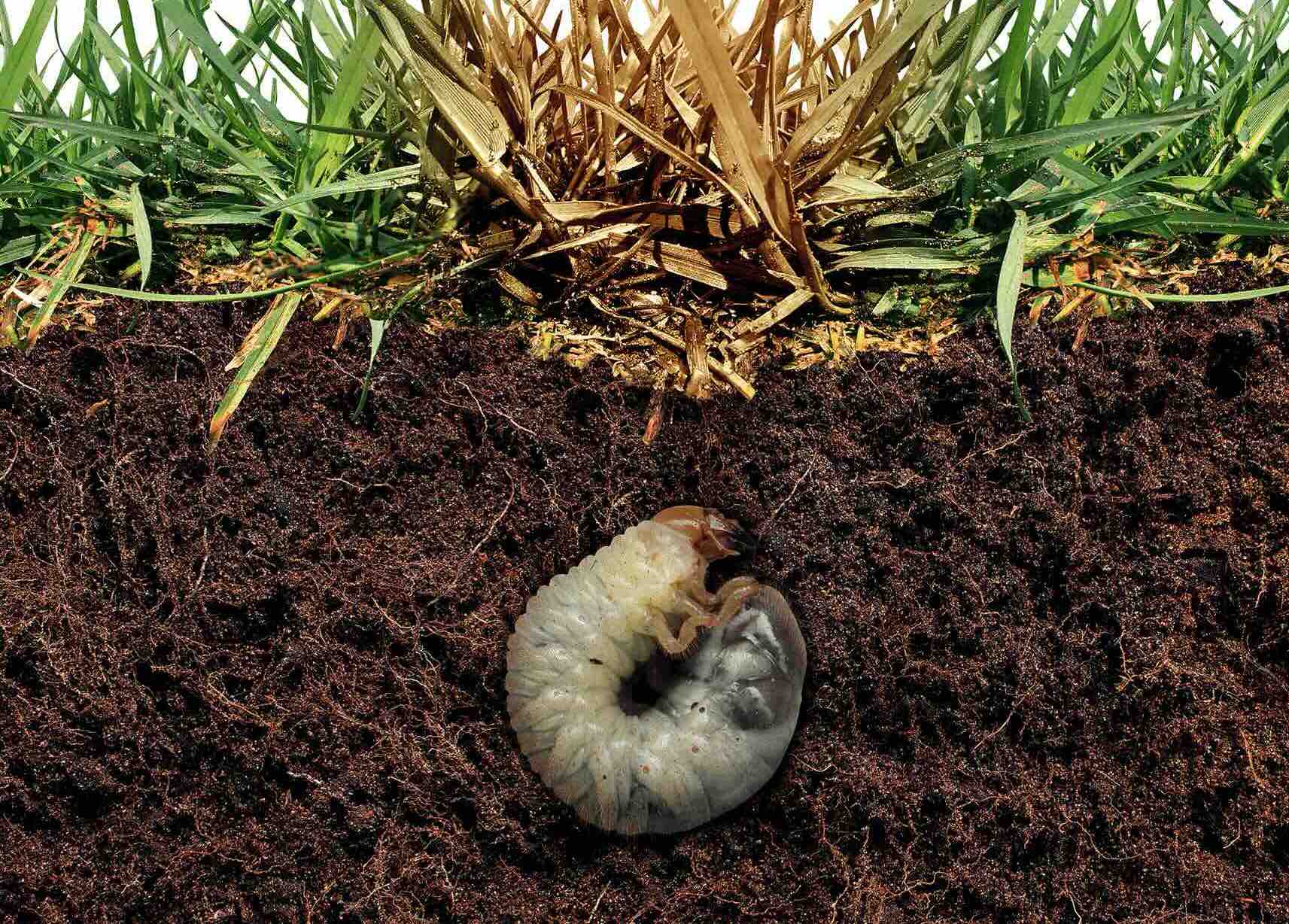
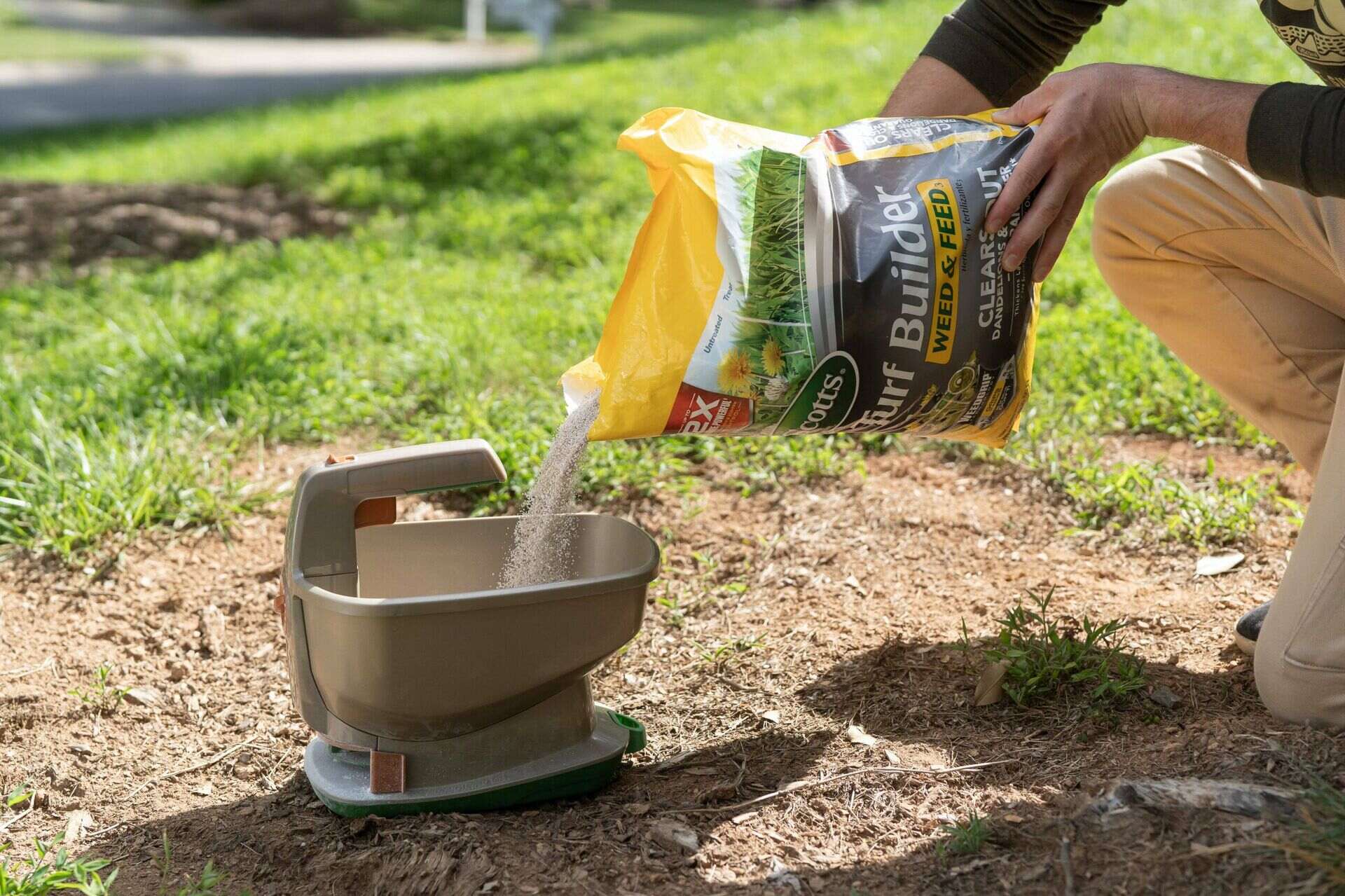
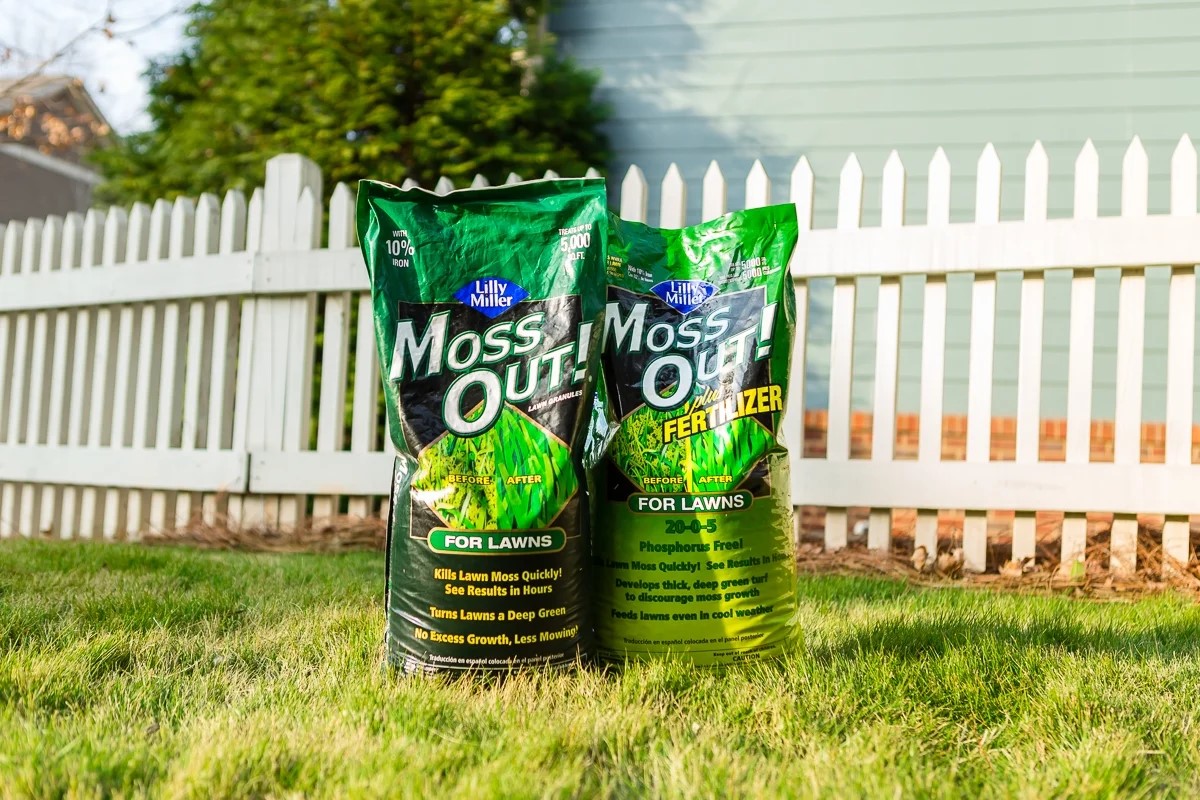
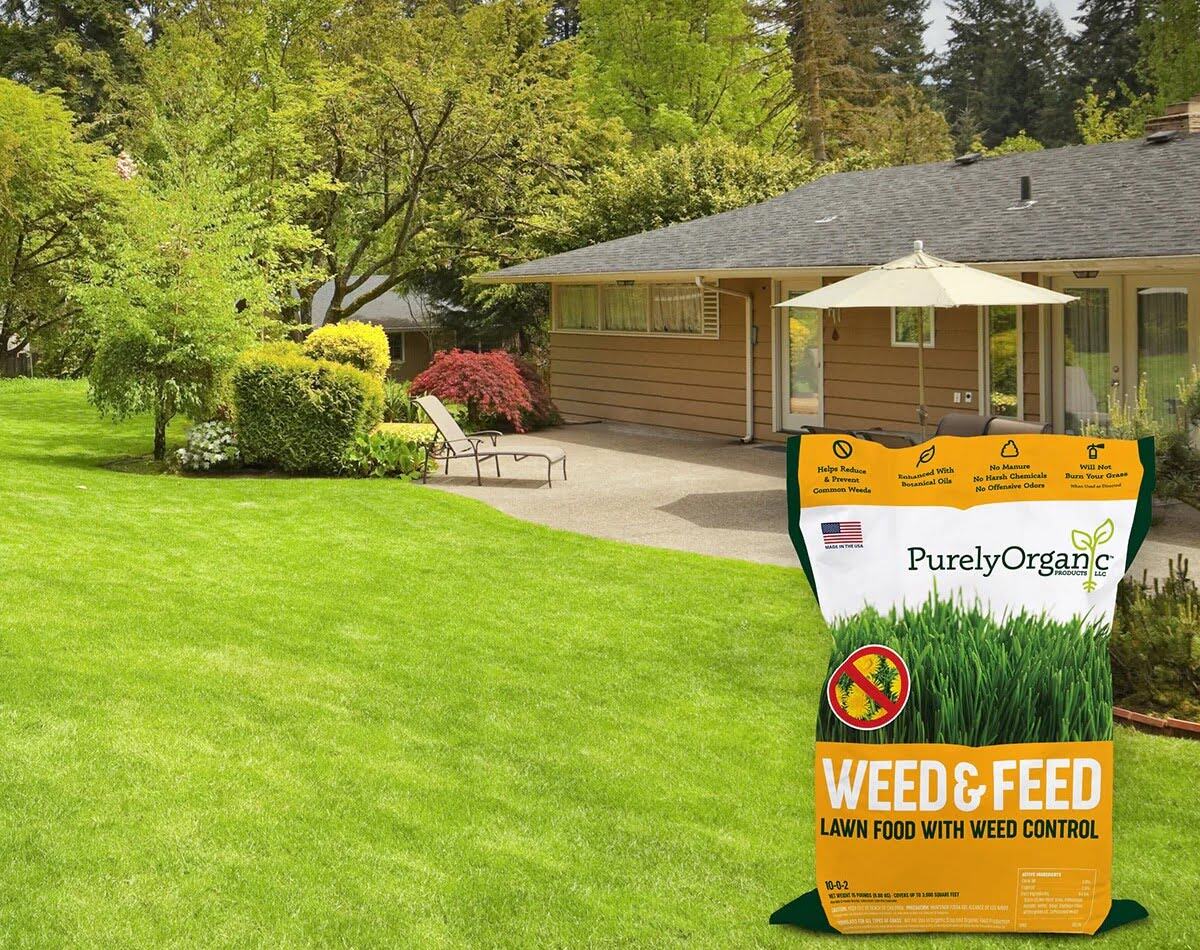

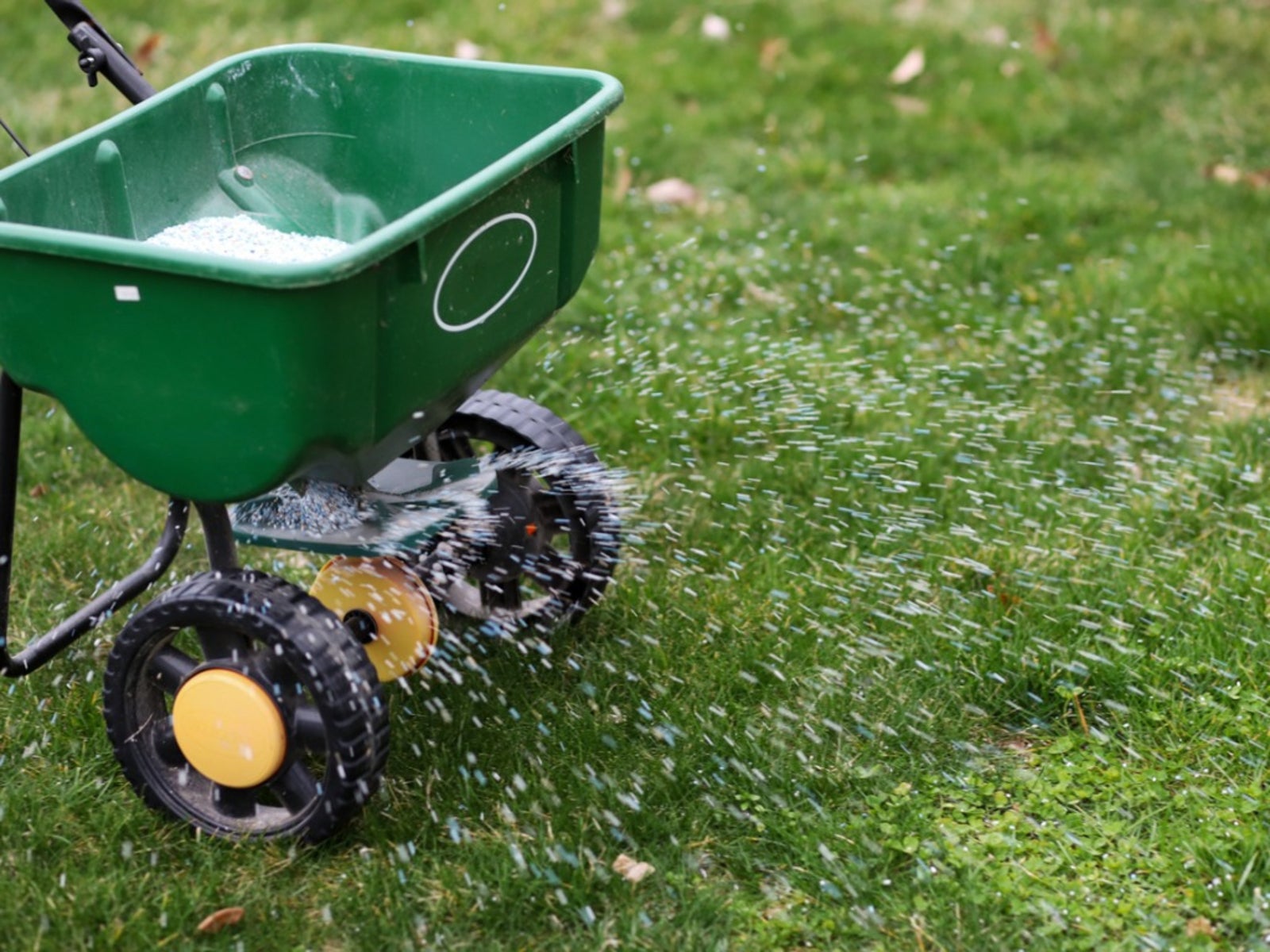
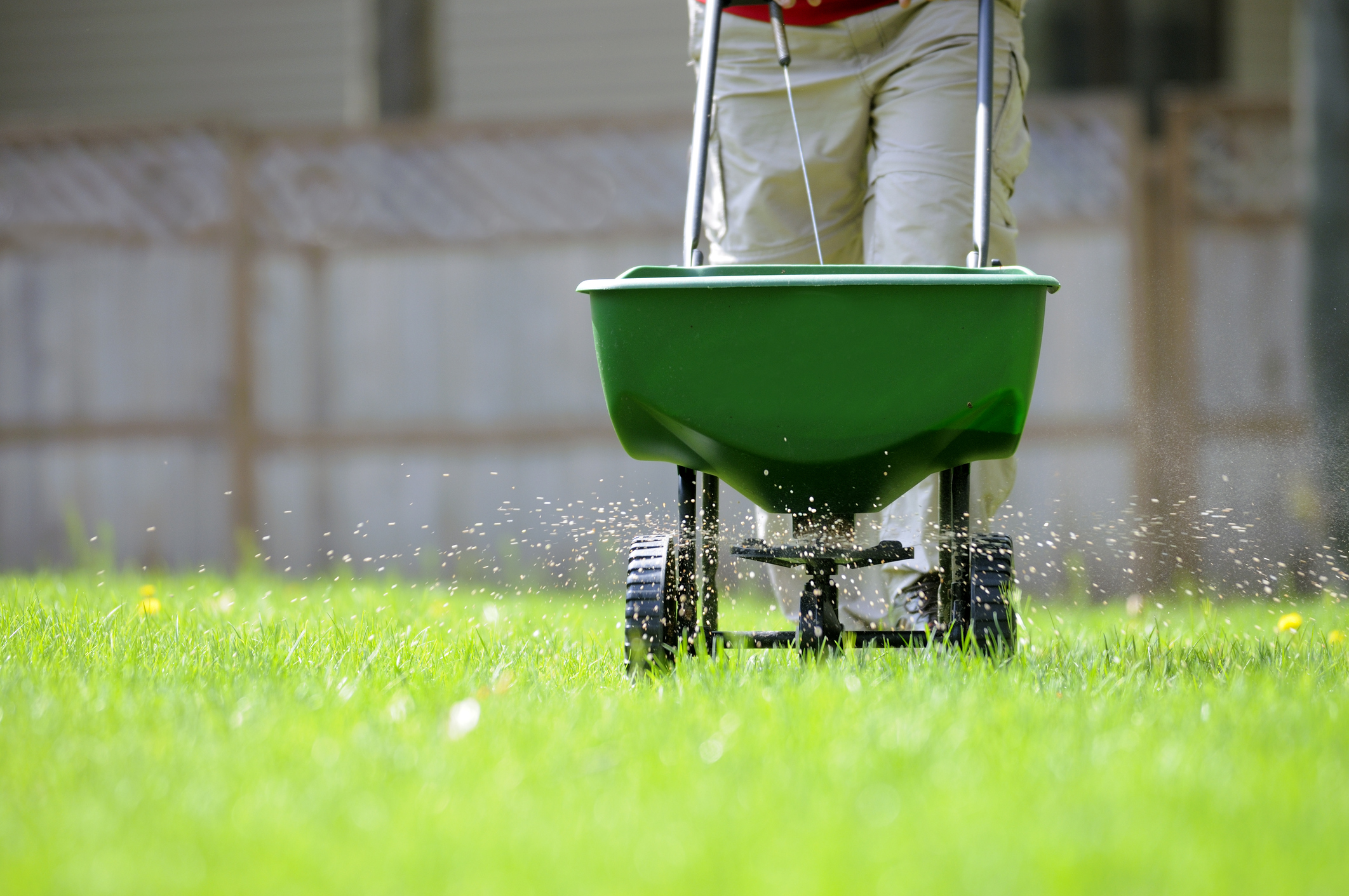
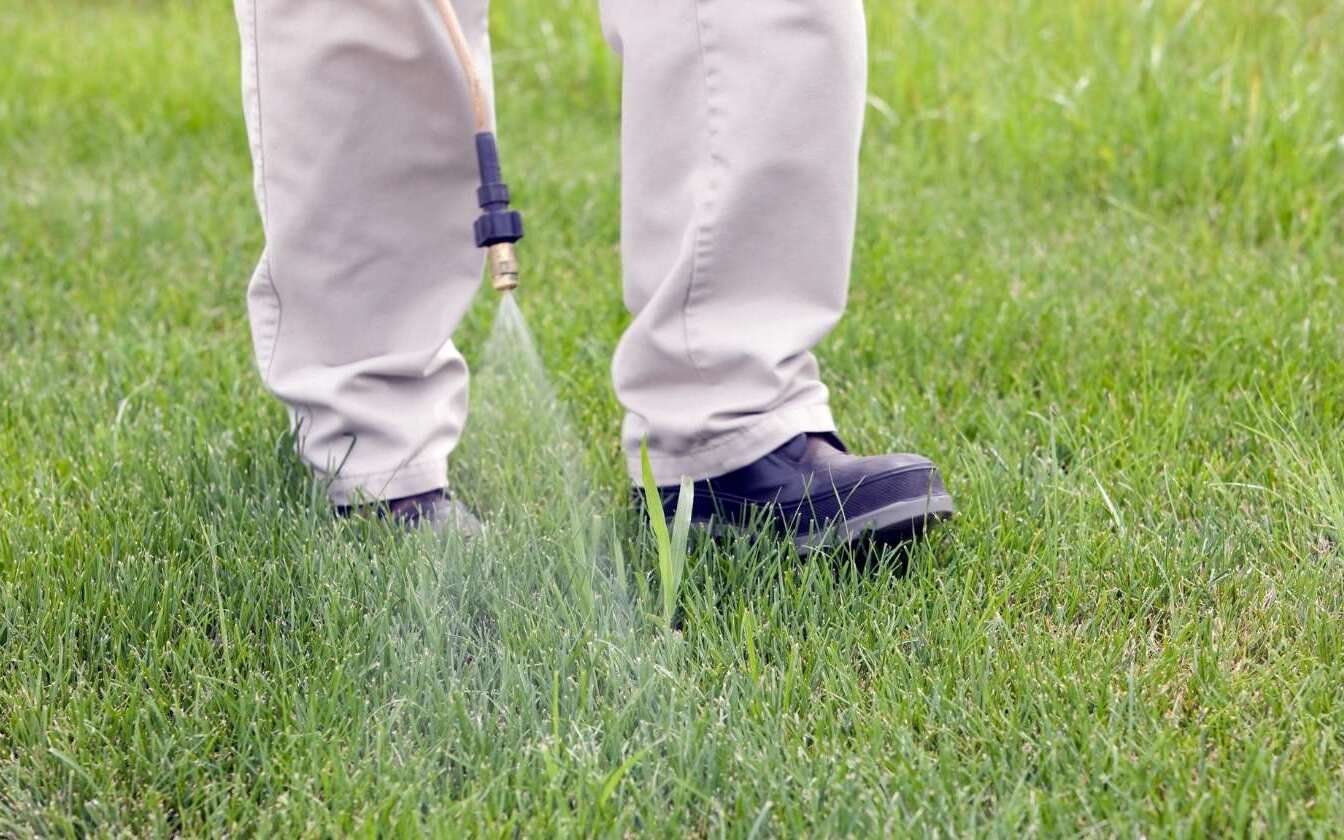
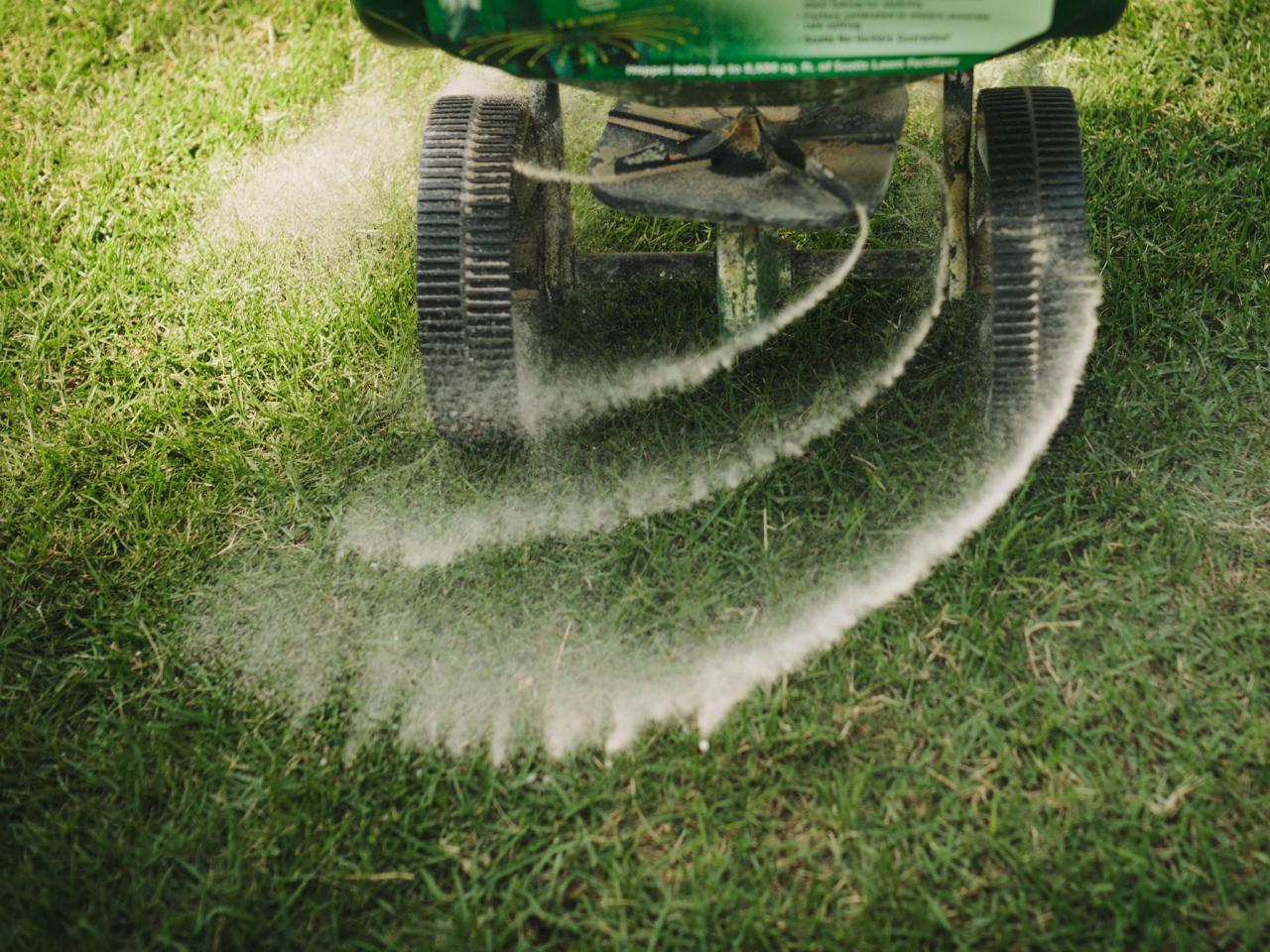
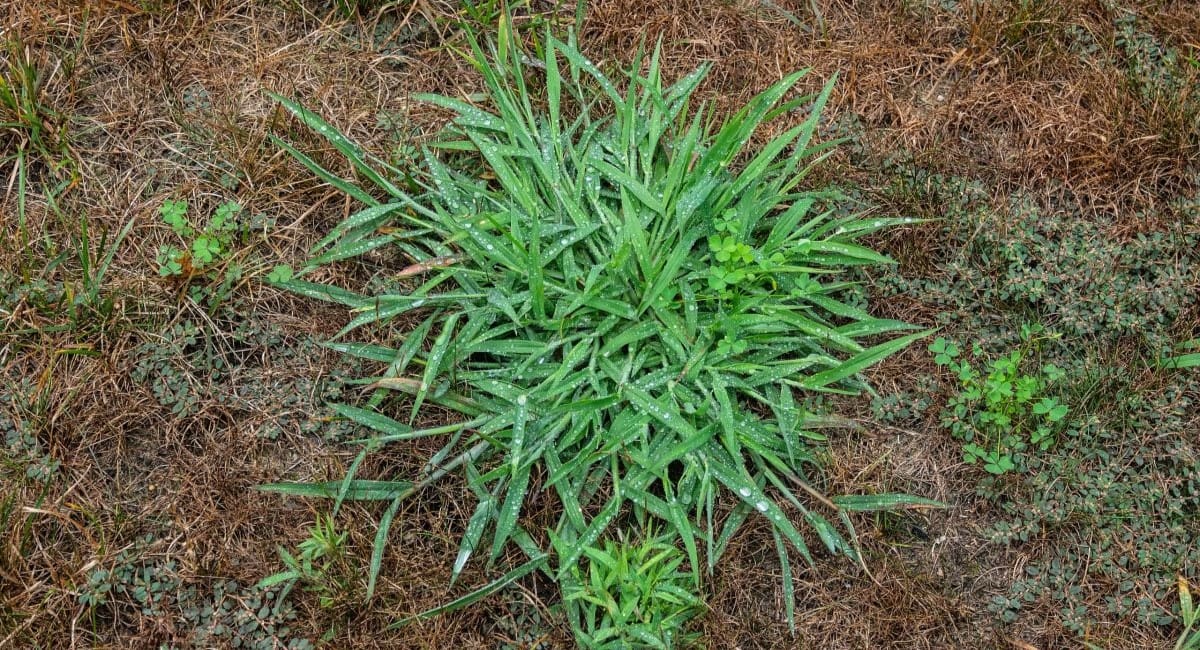
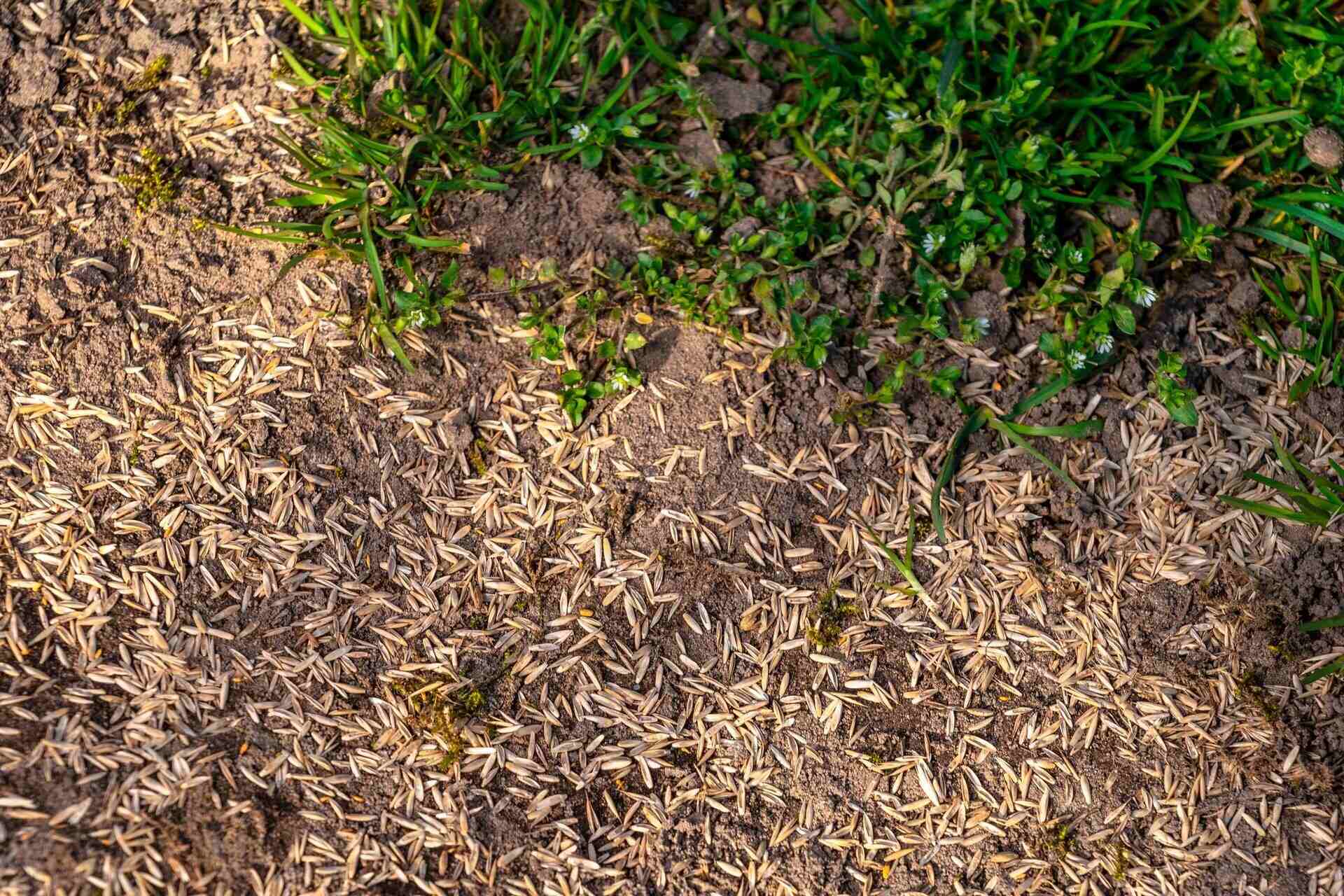
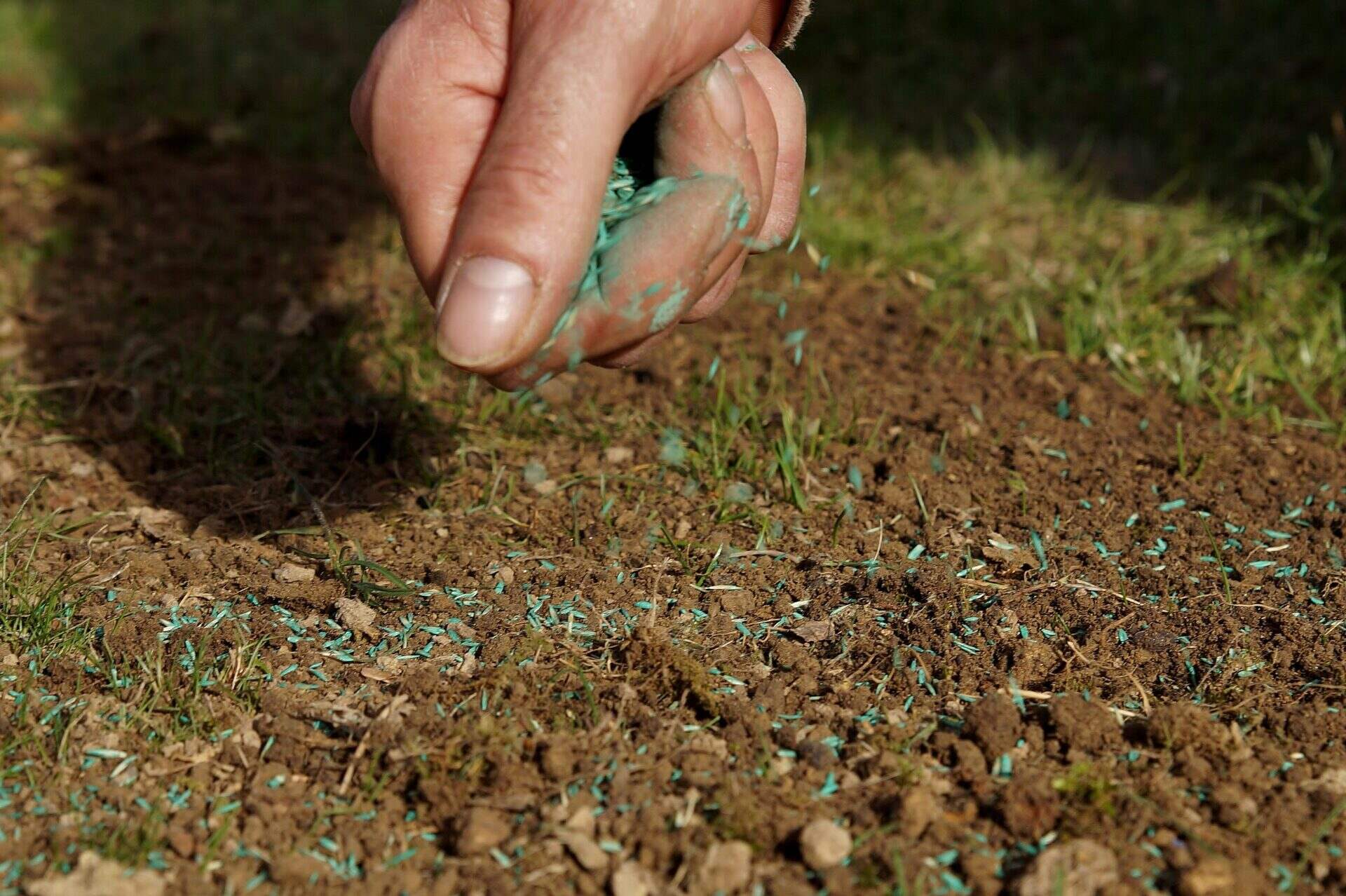

0 thoughts on “When To Apply Grub Control For Lawns”